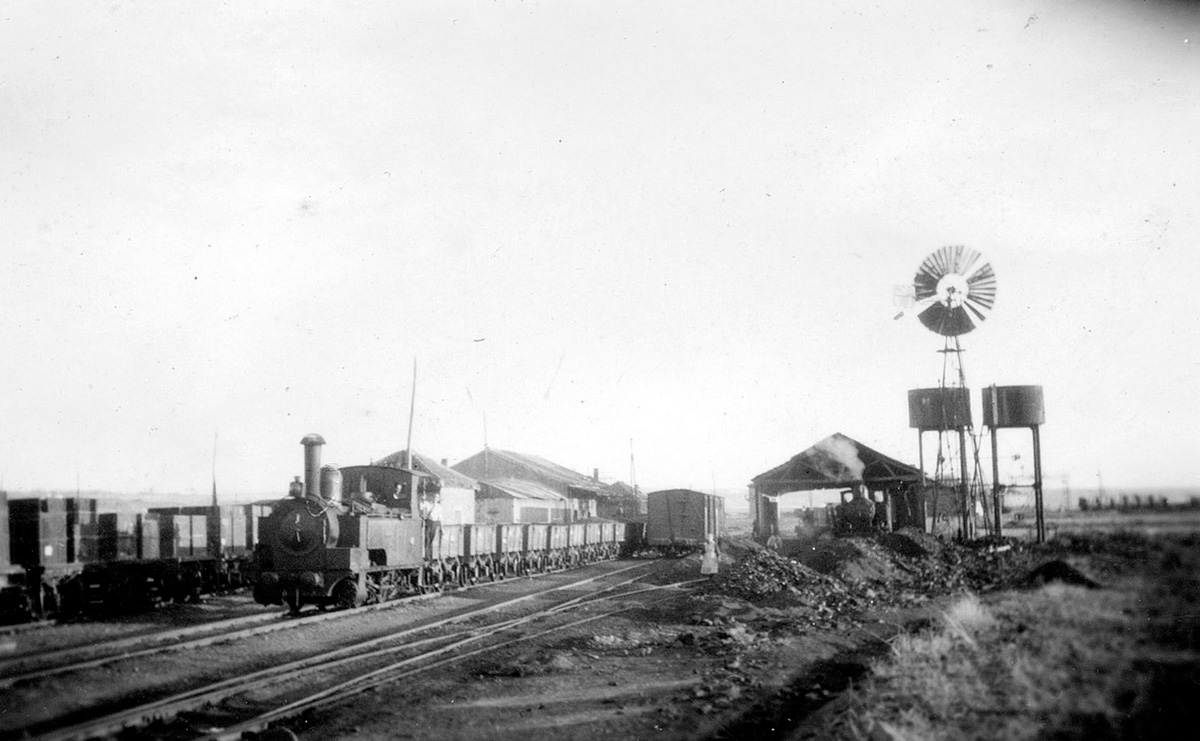Los Molinos del Agua Greenway Nature Trail
History of the Railway

Mining in Huelva goes back to ancient times, from the Tartessians to the Romans. In the 19th century, foreign companies rediscovered and reopened the mines, bringing with them new technologies, engineers, managers, and even their own cultural influences, as they set about exploiting the rich deposits of the Iberian Pyrite Belt. The relative proximity of the mines to the sea led to the construction of a dense railway network linking the mines with the coast. Among these was the Buitrón–San Juan del Puerto Railway. This railway, inaugurated in 1868, was a pioneer: the first mining railway in Spain and the first narrow-gauge railway in Andalusia.
With nearly 100 km of track, it connected the river port of San Juan del Puerto, on the River Tinto, with the Castillo Buitrón mine, as well as with branch lines serving the Tinto-Santa Rosa and Concepción mines. And there were also links to other mines, most notably those at Riotinto. By the 1940s, the British companies had abandoned both the mines and the railway, and control passed to the state-owned company Explotación de Ferrocarriles por el Estado. But once the ore was exhausted —or it became too costly to extract, process, and transport— traffic of both freight and passengers began to dwindle. This gradual decline undermined what little profitability remained, and under FEVE (the Spanish state-owned narrow-gauge rail operator) the line was permanently closed in 1969, with the tracks dismantled shortly afterwards.

